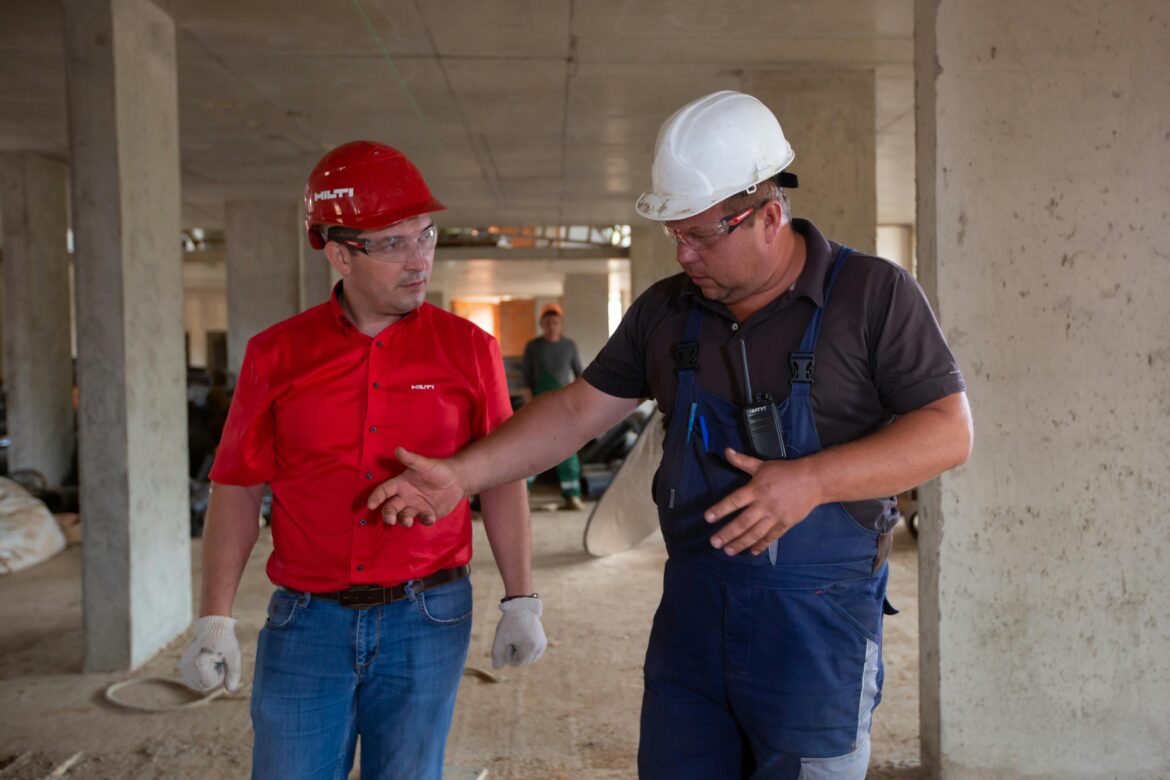Window sampling has become an indispensable technique in geotechnical and environmental assessments, providing a reliable method for extracting soil, clay, or sand samples from soft ground and cohesive strata. Recognised for its versatility, this method is crucial for understanding the subsurface conditions of a site, facilitating informed decisions in construction and environmental management.
This method, which is also known by names such as Dynamic Sampling, Mini Boreholes, or Windowless Sampling, is instrumental in collecting soil, clay, or sand samples for in-depth geotechnical or chemical analysis. Its significance lies in its ability to provide accurate subsurface profiles, which are crucial for foundation design and development planning.
The Essence of Window Sampling
At its core, window sampling is a cost-effective and efficient drilling method. Utilising steel tubes that are driven into the ground, this technique enables the extraction of subsurface profiles. These profiles are essential for establishing ground conditions and determining the presence of contaminants. The insights gained from the analysis of these samples are invaluable, offering guidance on foundation designs and the suitability of construction projects.
The Versatility and Applications of Window Sampling
Window sampling stands out for its versatility and relatively low cost. Employing cylindrical steel tubes and a hydraulic or percussive hammer, it pushes the soil samples into the tube with precision. The adaptability of the drilling rigs, which can be mounted on rubber tracks or even held by hand, makes this technique particularly suitable for areas where space is limited.
The procedure offers a range of diameters for the steel tubes, accommodating various ground conditions with diameters from 35 mm to 80 mm. Typically, the sampling depths range between 2 and 6 meters, although depths of up to 10 meters can be achieved under favourable conditions. This flexibility ensures that window sampling can cater to a wide array of site investigation needs, from contamination investigations to assessments in environmentally sensitive areas.
Window vs. Windowless Sampling
A notable aspect of window sampling is the use of a tube with a cut-out section, or “window,” which facilitates soil sampling. This contrasts with windowless sampling, where seamless plastic tubes, or liners, are used. The latter is especially useful in scenarios where contaminants are present, as it allows for the sample to be isolated for analysis. This distinction underscores the technique’s adaptability to various environmental and geotechnical assessments.
Earth Environmental & Geotechnical
Earth Environmental & Geotechnical has set a benchmark in offering comprehensive window and windowless sampling services. Their extensive use of diverse equipment, tailored to the site’s access, space limitations, and known geology, underscores their commitment to delivering precise and reliable results. Whether the project demands undisturbed sample recovery or necessitates the exploration of rock samples through alternative methods like rotary drilling, their expertise ensures that every site investigation is conducted with the utmost precision and care.
The Indispensable Role of Window Sampling in Site Investigations
The technique of window sampling has become an indispensable tool in the field of geotechnical and environmental site investigations. Its cost-effectiveness, versatility, and minimal disturbance make it an ideal choice for a wide range of applications. From informing foundation designs to aiding in contamination investigations, window sampling plays a critical role in ensuring the success and sustainability of construction projects. As the demand for accurate and efficient site investigation methods continues to grow, the role of window sampling in shaping the future of construction and environmental assessment is undeniable.




